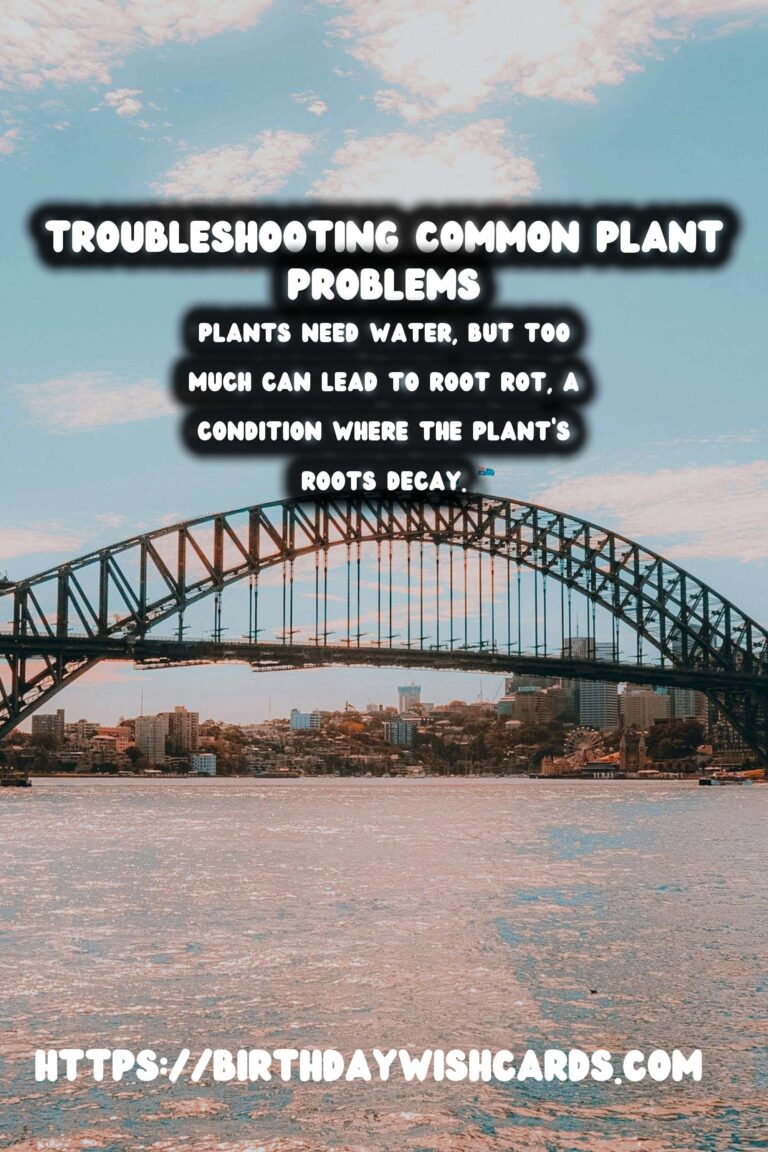
Welcoming plants into your home or garden is not only a delightful aesthetic choice but also an investment in cleaner air and a more calming atmosphere. However, plants, like any other living organisms, can face several issues. Whether you are an experienced gardener or a novice plant parent, understanding common plant problems and how to troubleshoot them is crucial. This comprehensive guide will explore the most frequent plant issues and their solutions.
Recognizing the Signs of Distress in Plants
Understanding the symptoms your plants exhibit is the first step to identifying problems. It is essential to stay vigilant and regularly inspect your plants for any signs of distress. Yellowing leaves, wilting, browning edges, and stunted growth are common indicators that something is amiss.
Common Plant Problems and Solutions
1. Overwatering
Overwatering is one of the most frequent mistakes made by plant owners. Plants need water, but too much can lead to root rot, a condition where the plant’s roots decay. The symptoms include yellow leaves and wet soil.
Solution: Allow the soil to dry out between watering sessions. Ensure your pot has adequate drainage, and consider using a moisture meter to help determine when to water.
2. Underwatering
Conversely, underwatering can cause plants to become dehydrated, leading to wilted and curling leaves.
Solution: Establish a consistent watering schedule. Use well-draining soil, and pay attention to the topsoil to see when it feels dry before watering.
3. Pests and Diseases
Common pests such as aphids, spider mites, and mealybugs can wreak havoc on your plants by sucking the sap out of them.
Solution: Regularly inspect your plants and use natural insecticides or neem oil to mitigate pest infestations. Isolate new plants for a period to prevent spreading pests to other plants.
4. Nutrient Deficiencies
Plants require a variety of nutrients for healthy growth. Insufficient nutrients can manifest as discolored leaves, poor growth, and reduced yields.
Solution: Incorporate balanced fertilizers into your plant care routine. Choose organic options when possible, and follow the recommended application rates.
5. Light Issues
Plants depend on light for photosynthesis. Too much or too little light can lead to poor plant health. Leaves may become discolored, or the plant may exhibit leggy growth as it stretches towards the light.
Solution: Understand the light requirements of your specific plants and position them accordingly. Rotate the plant periodically to ensure even growth.
Prevention is Key
Preventing plant problems is often easier than correcting them. Begin by choosing the right plants for your home environment, considering factors like light exposure, temperature, and humidity. Invest in quality soil and pots designed for good drainage, and educate yourself on the specific care requirements for each of your plants.
Conclusion
Being a plant parent is a journey filled with learning experiences. By staying informed and attentive, you can help your plants thrive and enjoy the many benefits they bring. Remember, plants are resilient and, with the right care, can recover from many common problems.
Happy gardening!
Plants need water, but too much can lead to root rot, a condition where the plant’s roots decay. Common pests such as aphids, spider mites, and mealybugs can wreak havoc on your plants by sucking the sap out of them. 
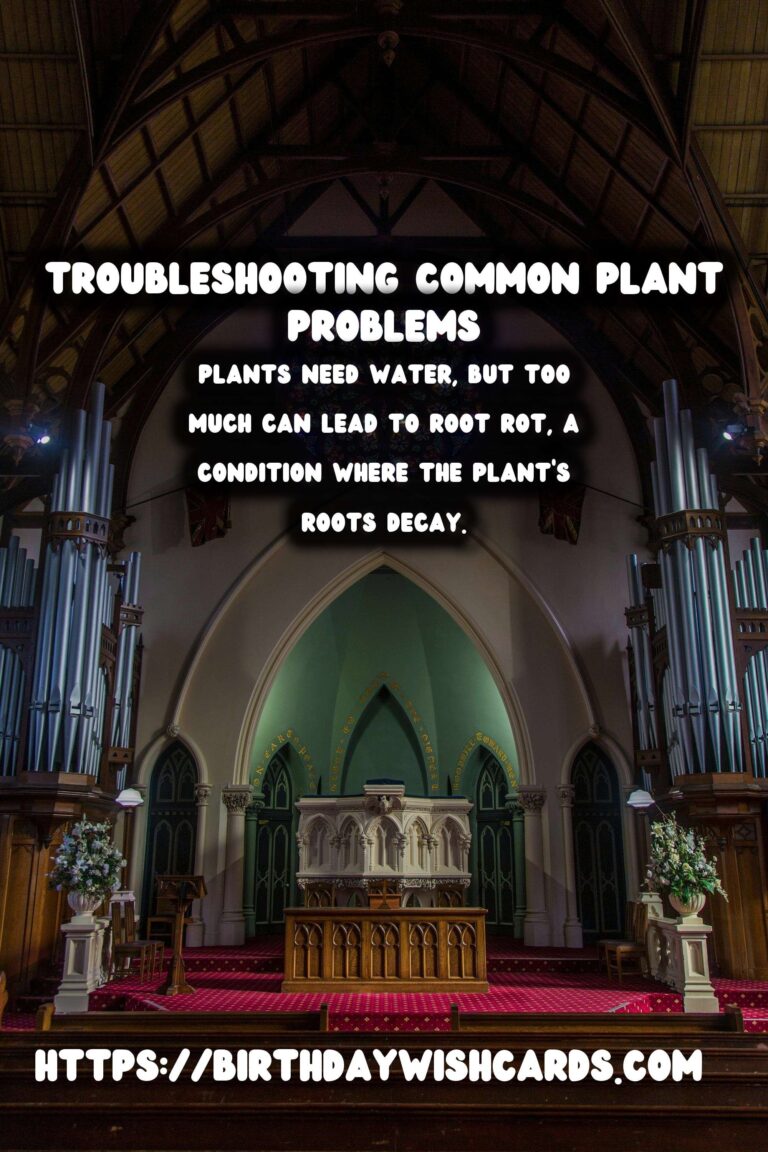
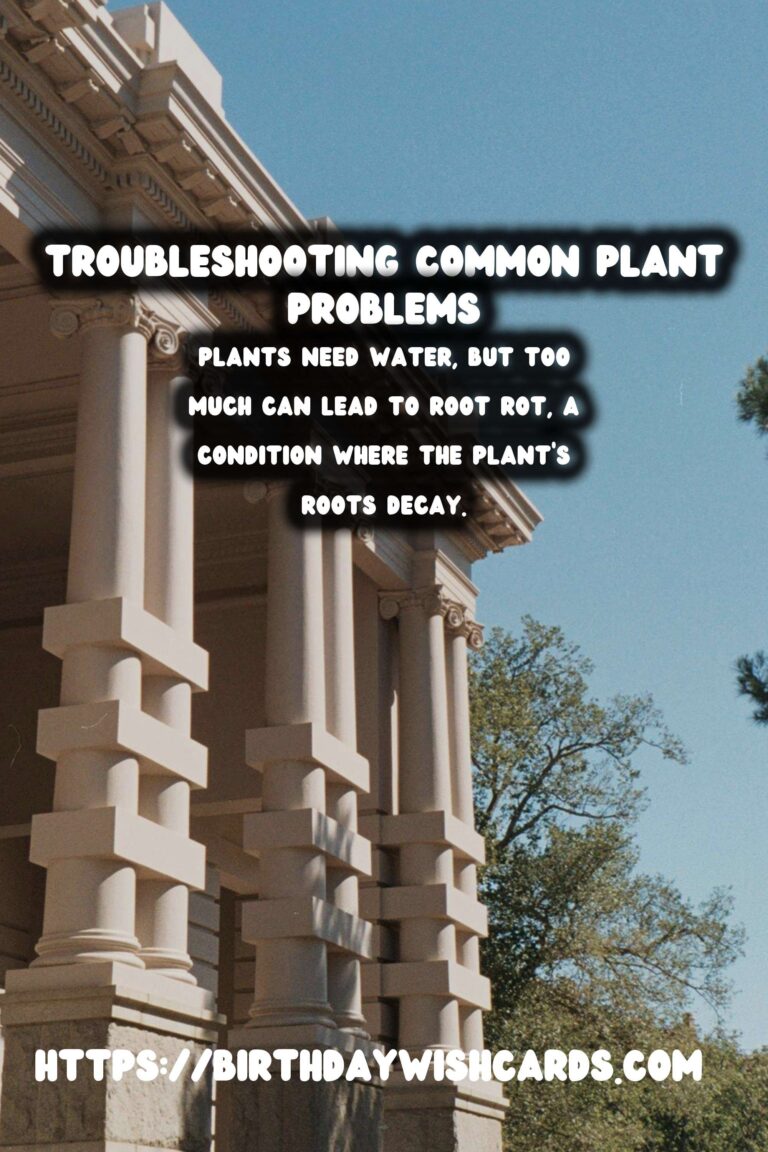
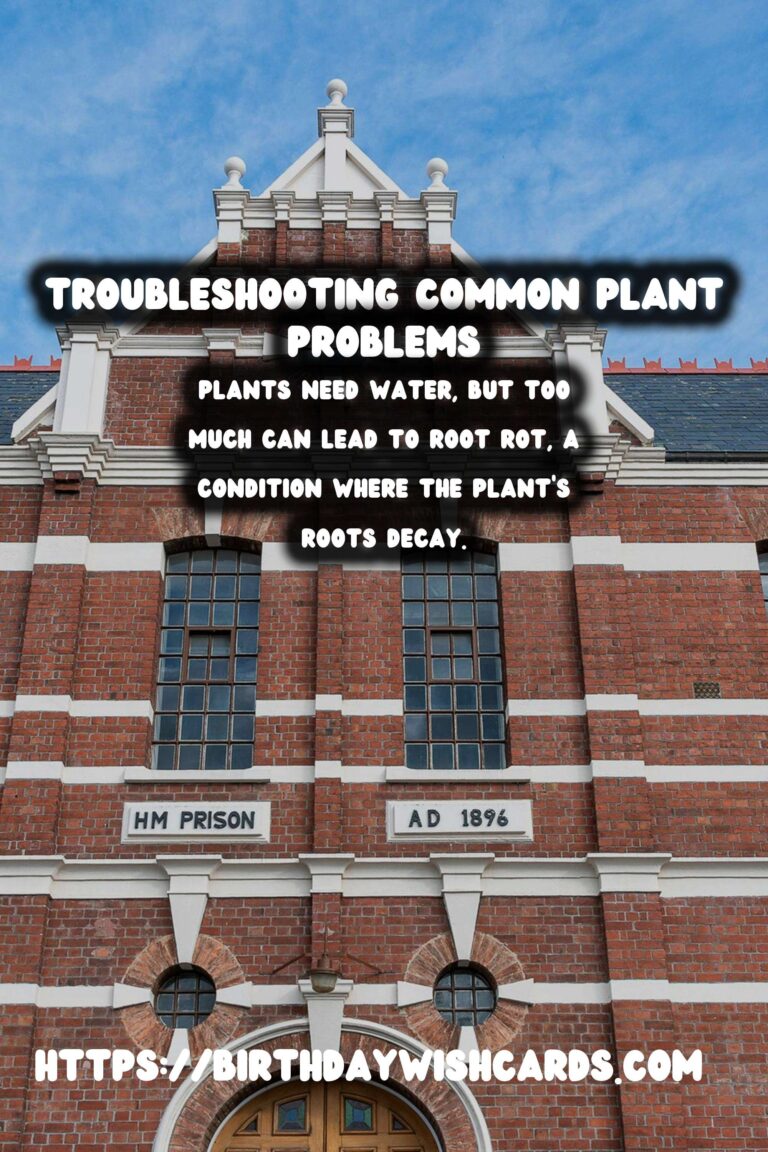
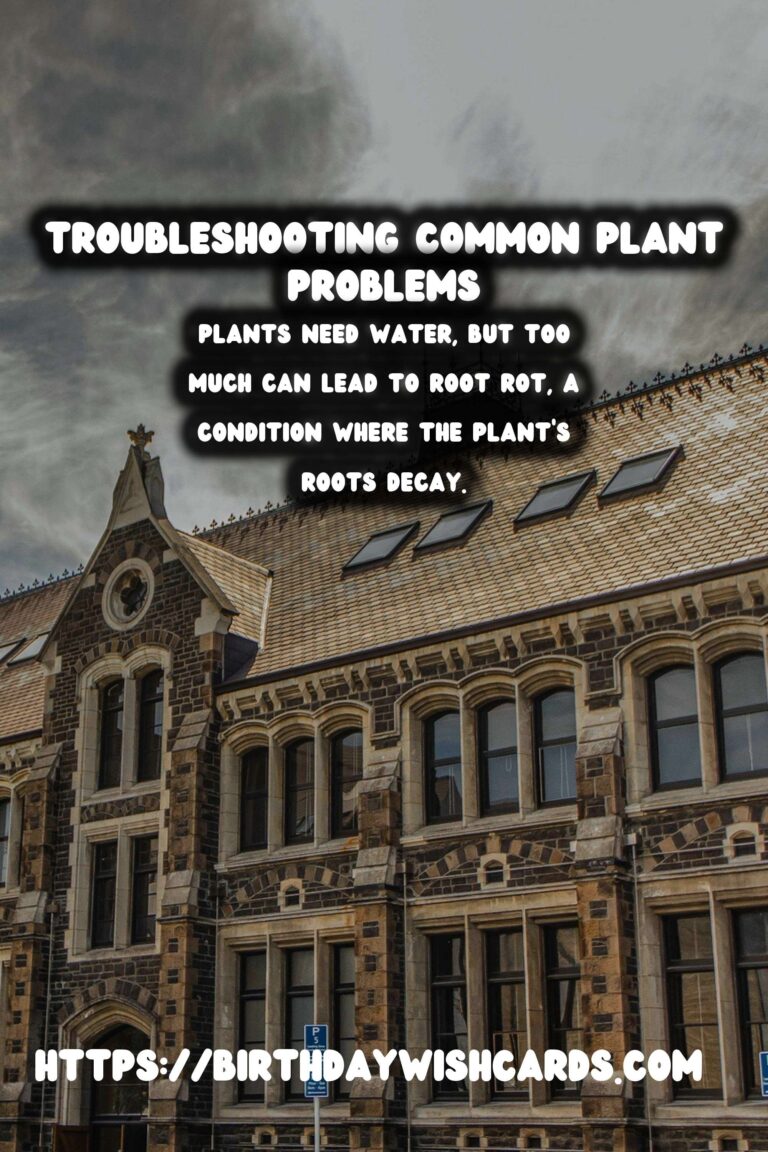

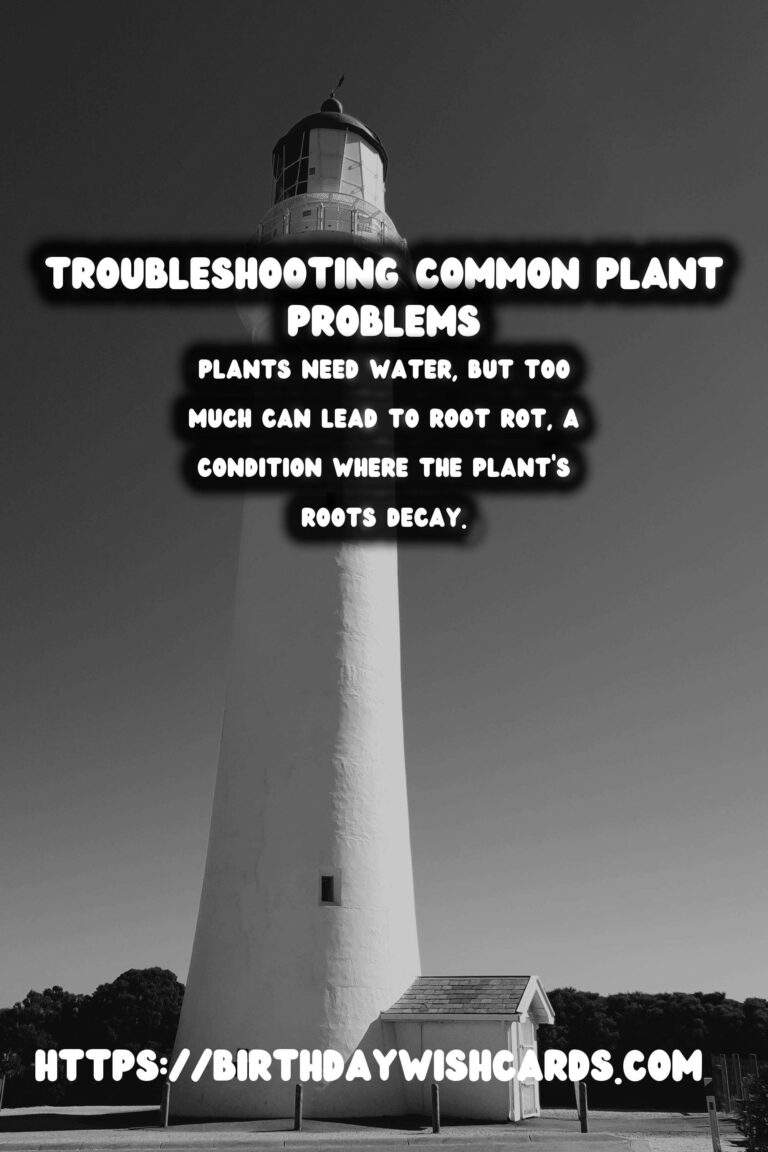

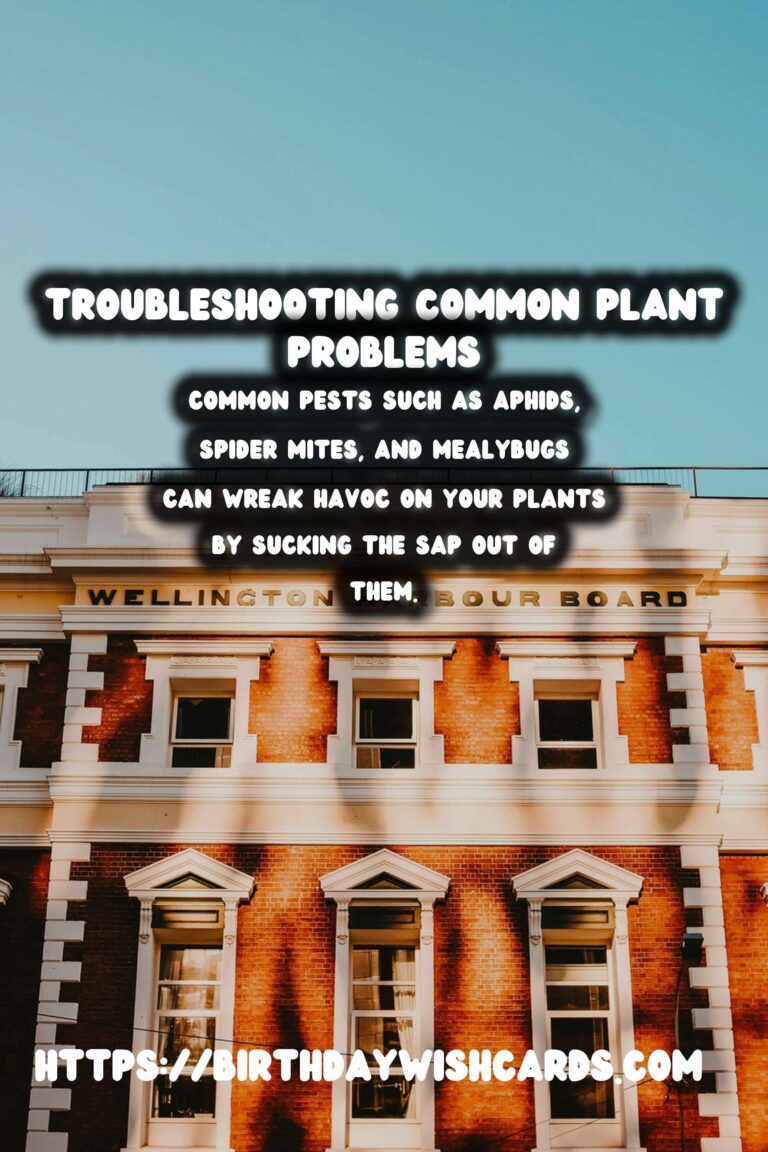

#plantcare #gardening




